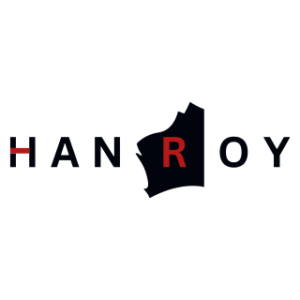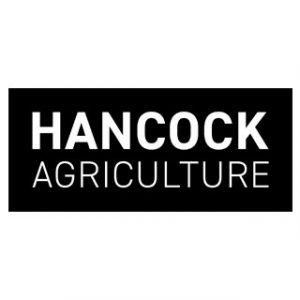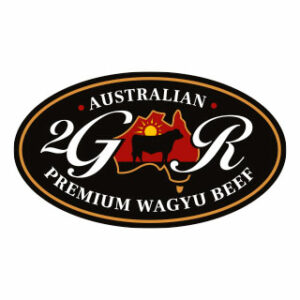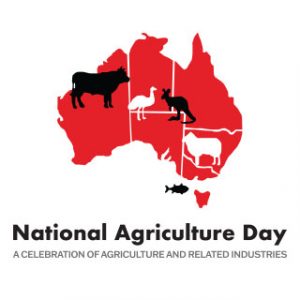
Article by Stuart McKinnon courtesy of the West Australian.
Government-operated facilities deliver $166b in export income for WA State Government-operated ports in the Pilbara have again achieved record annual throughput with key commodity iron ore responsible for the lion’s share of $166 billion in export income for the State.
The Pilbara Ports Authority revealed on Friday that 733.1 million tonnes of goods passed through the ports of Port Hedland, Dampier, Ashburton and Varanus Island in 2021-22, up from 724Mt the previous year.
The world’s biggest bulk export port, Port Hedland, was responsible for the majority of the increase with throughput rising from 546Mt to 561Mt.
The $166b generated from exports from the four ports over the year was up $6b on the $160b in income last year.
In February, a State Government-initiated review of iron ore export capacity at Port Hedland found the harbour could sustain up to 660Mt annually.
Existing port users — BHP, Fortescue Metals Group and Roy Hill — were each allocated a 25 per cent increase in capacity while Hancock Prospecting and Mineral Resources were given the nod to jointly develop a new iron ore export facility at Stanley Point berth 3 at South West Creek.
The State Government this year approved $78 million in spending to begin work on the Lumsden Point facility, which involves two general cargo berths.
The new berths aim to alleviate pressure on the port’s existing three general cargo berths.
Pilbara Ports Authority chief executive Roger Johnstone said the two berths would not only accept incoming freight from more direct international shipping links into Port Hedland but also cater for growing exports of lithium.
He said Lumsden Point would also be designed to handle inbound and outbound cargo associated with the nascent green hydrogen industry.
“The Port of Dampier is also set to expand, with the construction of a new multi-user wharf to support Perdaman’s proposed $4.3b project that will open access to a worldwide market for urea, as well as create regional jobs,” he said.
“Our long-term planning also includes exploring import and export opportunities at the Port of Ashburton and plans for five greenfield ports.”













